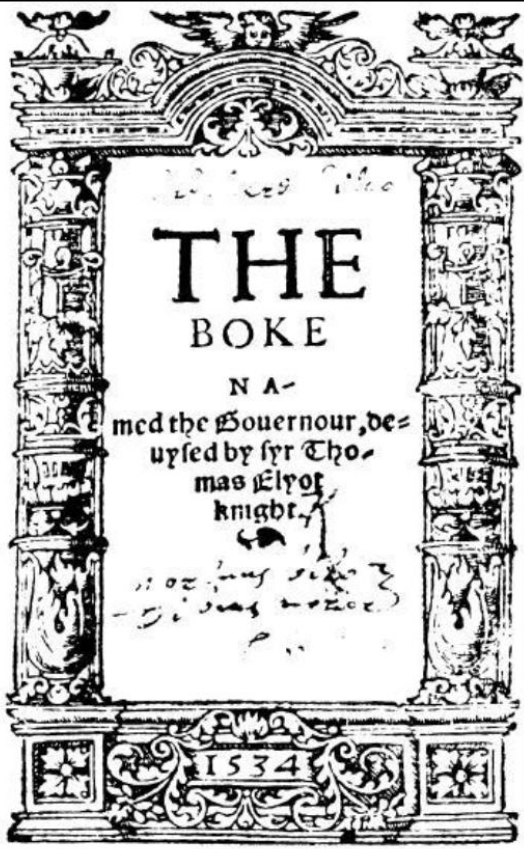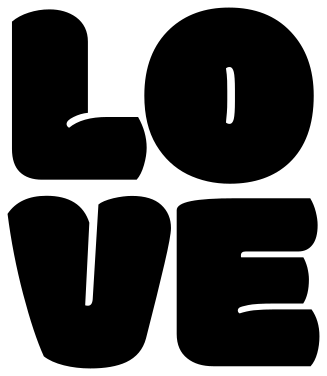
We’re finally at the final attribute of Ong’s Psychodynamics of Orality. Even though he didn’t outline it last, I think it ties it all together.
The Interiority of Sound
Outside of sight, sound is a major sense for us. Sure there are 3 other senses, but come on…
Optical illusions can fake out our vision with perspective, relativity, reflection, translucence, or vapor our eyes can loose focus and be tricked. And when they are sound can inform us to fill in the gap.
You can echo locate with a game of Marco Polo. You can get a sense of what’s inside something simply by knocking on it – determine how hollow or dense an object is; uncover it’s insides like finding studs on a wall . The sound, and lack of sound, can give a sense of feeling based on ambient noise, resonance, or reverb, to give a “feeling” or maybe even alert to danger.
With instruments you can hear its make up of materials far away through it’s tone – the smooth and deep from the wood in a violin vs the sharp grit from the metals in a saxophone. You can hear quality, like the use of more modern, dense, plastics in vinyl records today verses the junk vinyl used as the Medium declined.
Listen to someone long enough, and you can even get a better sense of who they are. You might start to understand them more than you thought.
Reading, in contrast, is a solitary act even in a crowded room. It’s your voice inside your head echoing the words you’re seeing. Their thoughts become your thoughts. Whereas in oral traditions, you always remember the person who taught you.
“Sight isolates, sound incorporates,” as, Ong, put’s it.
Protect the Sound, Defend against Noise
However, Ong’s book was written before the internet and long before the smart phone – standing on a train car watching reams of people streaming music or video’s, all listening in isolation with their headphones intending to be a barrier.
One could argue that these devices can transform sound to isolate like a good book. We even have noise cancelling technology to further block out the world around.
However, it’s not call “sound cancelling” and, I think there’s a nuanced difference in our postliterte society between sound and noise. I think we have become acutely aware of the difference.
Technology made walking through a park more an act of blocking out and ignoring Bluetooth and cell phone speakers. It has added stop lights repeating “wait, wait”; tills with beeps and blips; musak; audio branding; gas pump ads; AIs calling us on the phone; even the wires in our walls hum all around us.
Our world is now very very noisy.
Sound is permissive. We focus in and must block out everything else to hear it.
And because of that we are pickier now than ever on who we listen to, we are also pickier who we communicate with.
And we have technological choices on all of it.
Remember back to Orality and the Sacral.
There are profound feelings of vulnerability and judgement. That there is a preference on the written word or recorded image. The ability to capture many takes, revise and rewrite to come across in the most flattering light.
Radio students are scared to give live interviews. Afraid of being seen by the other person. Questioning who’s really doing the interview?
Live, immediate sound is now one the most profound experiences. Live communication has a feeling of exposure and rawness.
We even have running gags and jokes on the topic, how we no longer answer random calls or turn off all the lights in the house and duck when someone dares knock on our door.
While headphones create a cocoon against audio interaction trying to immerse in their own experience, what initially may look like isolation, I think is incorporation. Perhaps a deep connection, just not with the person next to them – instead maybe to other Swifties, or SmartLessers. The sound they are embraced in is just for another community that you, or I, aren’t a part of.
The fact that we protect ourselves so much from “noise” is evidence of how powerful sound is to our core. As we progress in our postliterate society, I think we’re going to defend and protect it even more.
Is this one of the many reasons people don’t want to go back to the office; why headphones are status symbols; why concerts are so expensive; why radio kids don’t want to do interviews; why people aren’t listening to each other?
Related/Unrelated?
Speaking of powerful audio communities, Taylor Swift’s ‘The Life of a Showgirl’ album release party “movie” was a 3-day theatrical experience and crush it over traditional movies making over $30 million domestically. It was a collective experience.







